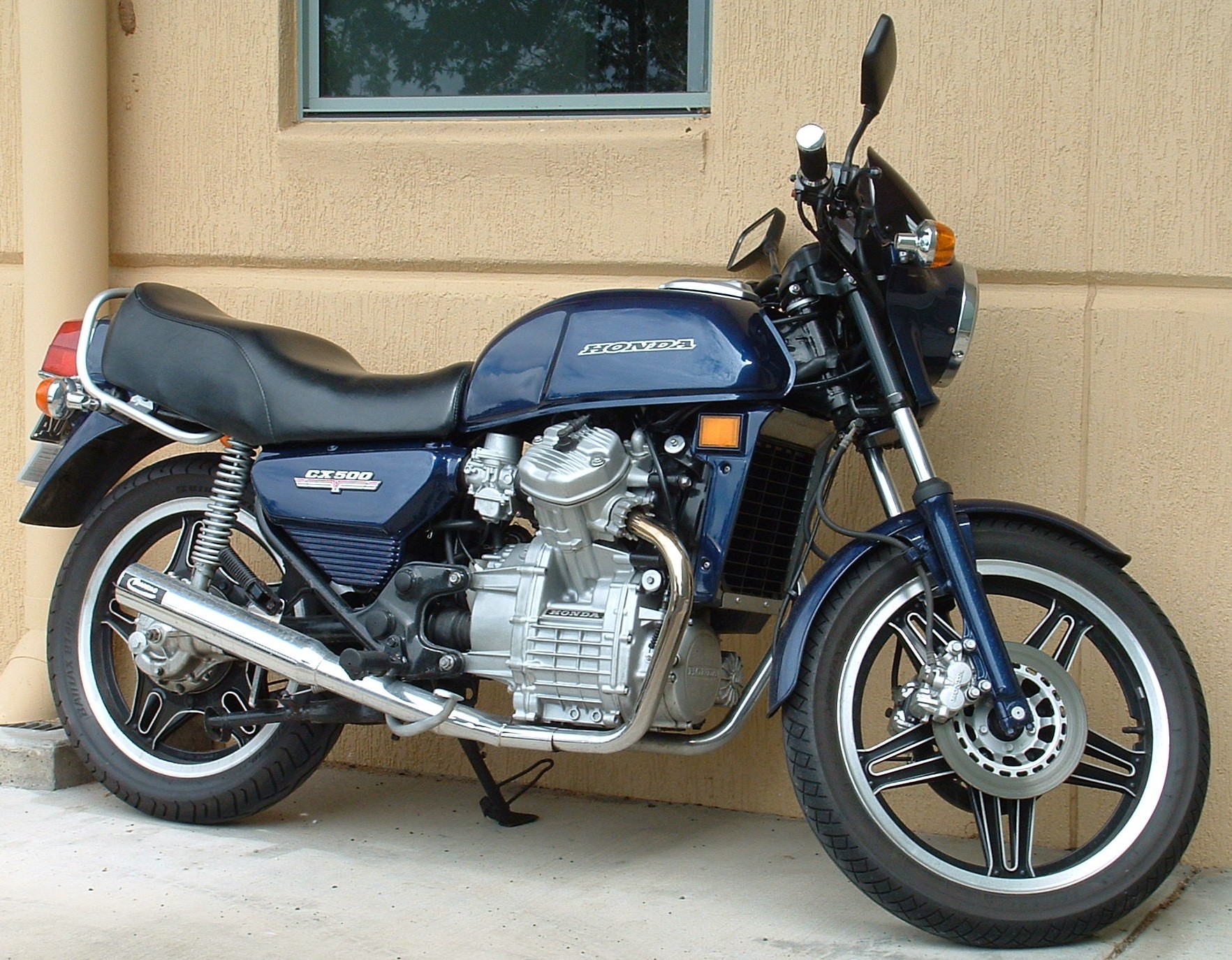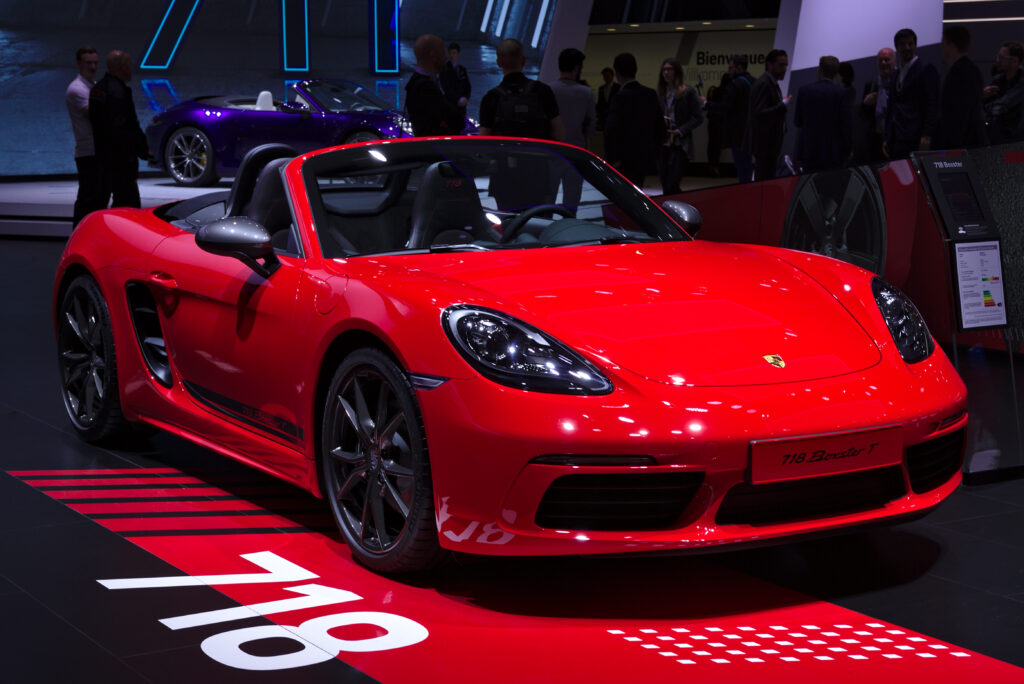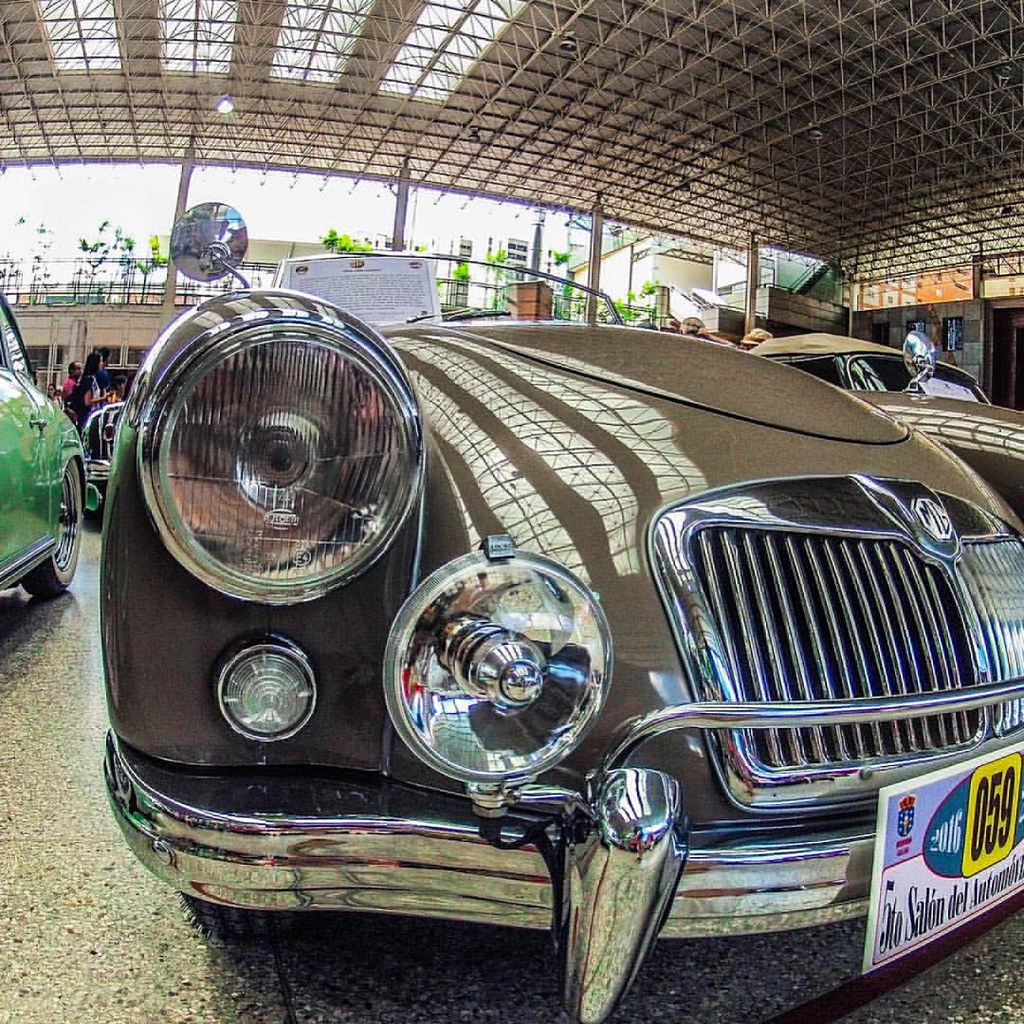
Motorcycles captivate riders, offering the exhilarating combination of speed, freedom, and adrenaline, but this appeal masks serious dangers that can turn an exhilarating ride into a life-threatening ordeal. What truly makes a motorcycle ‘dangerous’? Let’s explore the intricate factors that contribute to the risky reputation of certain motorcycles, beginning with an in-depth look at power dynamics and design flaws that can lead to accidents.

1. **What Makes a Bike the ‘Most Dangerous’**: To understand how certain motorcycles earn their dangerous reputation, we must recognize the critical factors at play. While high horsepower can certainly elevate excitement, it can also lead to situations where control becomes elusive. A motorcycle’s power can be intoxicating, but without the right balance of safety features and rider experience, that power can quickly become overwhelming.

1.1 **Raw Power**: When we talk about raw power in motorcycles, we’re referring to the sheer horsepower and torque that engines can generate. This raw power can be exhilarating but also unforgiving. If a bike’s stability doesn’t match its powerful engine, it can present serious challenges for even the most skilled riders. An unpredictable power delivery can lead to jerky movements, making the riding experience feel out of control.

1.2 **Missing Safety Features**: Modern motorcycles often come equipped with advanced safety technology, including ABS (Anti-lock Braking System) and traction control. However, many of the older models that have been labeled as ‘dangerous’ often lack these essential features. The absence of such safety measures can turn routine rides into risky endeavors, especially for less experienced riders still mastering their skills.

1.3 **Build-Quality, Design, and Aerodynamics**: The safety of a motorcycle hinges significantly on its design, as poor build quality and inherent design flaws can severely compromise aerodynamics and handling. A motorcycle with a low ground clearance, for instance, presents a considerable hazard when navigating tight corners, amplifying the risk of accidents and loss of control.

1.4 **Inexperience and Reckless Behavior**: Finally, the significance of rider experience cannot be understated. A motorcycle’s danger level often stems not only from its technical specifications but also from the skill and confidence of the rider. Inexperienced riders may overestimate their abilities, engaging in reckless maneuvers or unsafe practices—behavior that can culminate in disastrous accidents regardless of how dangerous the bike itself may be.

2 **10 Most Dangerous Motorcycles Ever Produced**: With a clearer understanding of why certain motorcycles are considered dangerous, we can now explore some of the most notorious models in history, each showcasing unique characteristics that contribute to their perilous reputations.

2.1 **Kawasaki H2 750 (1972): The Unforgiving Widow Maker**: Notorious for its incredible power, the Kawasaki H2 750 earned the dreaded moniker ‘widowmaker’ due to its staggering speed capabilities. With a 750 cc two-stroke engine, it delivered thrilling acceleration, yet its braking system was woefully inadequate, presenting a daunting challenge for riders as they struggled to control the bike’s extreme power along with outdated brakes.

2.2 **Suzuki TL1000S (1997): Another Widow Maker**: This motorcycle had a solid powertrain but was notorious for its nervous handling. Riders often reported difficulty maintaining stability at high speeds, leading to dangerous situations. The absence of modern safety features compounded this issue, making it a challenge for even seasoned riders.

2.3 **Yamaha V-Max (1985): The Unforgiving Muscle Cruiser**: The Yamaha V-Max was designed for speed and acceleration, drawing from drag-racing roots. While it was thrilling to ride, any mistakes could have dire consequences, especially when cornering due to its unique low center of gravity that made it a challenge to maneuver.

2.4 **Harley-Davidson V-Rod (2002): The Low-Slung Bike with High Risks**: This Harley showcased a revolutionary design approach for the brand, but its low stature led to significant handling challenges, particularly during sharp turns. While it provided stable performance on straight roads, the bike could rapidly become unstable at elevated speeds, proving that style can sometimes come with hidden dangers.

2.5 **Brough Superior SS100 (1924): A Vintage Beauty with an Unstable Chassis**: This classic motorcycle was revered for its beauty but criticized for its lack of modern safety features. With a chassis that struggled to offer control, it presented significant risks to riders, especially over rough terrain.

2.6 **Vincent Black Shadow (1948): A Magnificent Bike with an Unsafe Flexible Chassis**: Often hailed as a speed demon of its time, the Vincent Black Shadow had serious shortcomings in its chassis design. A flexible frame led to vibrations that were disconcerting at high speeds, which affected rider control and confidence.

2.7 **Honda CX500 Turbo (1981): A Middleweight Turbo-Charged Bike**: Despite Honda’s solid reputation for reliability, the CX500 Turbo emerged as an unexpected contender in the realm of dangerous motorcycles. Its turbocharged engine generated excessive power for the bike’s frame, which made it challenging for less experienced riders to manage effectively, heightening the risk of accidents.
2.8 **Heavily Modified Bikes**: While upgrades and modifications can enhance performance or aesthetic appeal, they can also create significant safety hazards. Incompatibility between components or poorly executed modifications can lead to instability, especially if critical systems like braking and suspension aren’t upgraded alongside engine enhancements, making caution imperative for riders considering such changes.

This examination of motorcycle dangers and a glance at some of the most infamous models highlight the delicate balance between exhilarating speed and the risk of serious injury. It’s vital for riders to acknowledge their limits and respect their machines, as the world of motorcycling is brimming with excitement but also comes with an inherent responsibility to ride safely and judiciously.

3. **Tips for Beginners**: As we transition from the thrilling world of dangerous motorcycles to something a bit more constructive, let’s take a moment to address an essential aspect of motorcycling: safety for beginners. Riding can be exhilarating, but it also comes with its own set of responsibilities and risks. Here are some practical tips to help new riders navigate their introduction to the exhilarating yet demanding world of motorcycling.

3.1 **Start Small, Dream Big**: The road to becoming a skilled rider should always begin with a firm foundation. Rather than jumping straight onto a powerful beast, it’s wise to start with a smaller, more manageable bike. A less complicated motorcycle allows new riders to gain confidence and hone their riding skills without being overwhelmed by power. By building a strong skill set on a more forgiving machine, beginners can aspire to ride more powerful bikes down the line without putting themselves at unnecessary risk.

3.2 **Training Makes the Rider Perfect**: Enrolling in a motorcycle safety course is one of the smartest moves a new rider can make. Professional instruction provides foundational skills that are crucial for safe riding. These courses not only teach handling techniques but also emphasize the importance of road safety, hazard awareness, and responsible riding practices. Furthermore, being part of a structured learning environment allows beginner riders to ask questions and learn from experienced instructors who can offer invaluable insights.

3.3 **Respect the Machine**: Every motorcyclist, especially beginners, must understand the importance of respecting the immense power and intricate engineering of their bikes. Motorcycles are remarkable machines that require careful attention and proper maintenance, and this respect must extend to wearing the right safety gear—like helmets, gloves, and sturdy clothing—to provide essential protection during a ride. By riding with awareness and caution, individuals can turn potentially dangerous experiences into thrilling, yet safe, adventures.

4. **Takeaway**: Motorcycling undoubtedly offers a unique blend of adventure and freedom, yet it is crucial to recognize that safety should always come first. Riders must understand their limits and the capabilities of their bikes. The world of motorcycling can be stunningly beautiful and incredibly exhilarating, but it also requires a level of responsibility, especially for those who are just starting. By respecting their machines and adhering to safety practices, new riders can enjoy the open road while significantly reducing their risks.

The journey into the world of motorcycles is rich with various experiences and valuable lessons. While some models are notorious for their risks, understanding what causes a motorcycle to be dangerous empowers riders to make better choices. New riders should consider starting with manageable bikes, seek thorough training, and cultivate a respectful approach towards riding, paving the way for safer adventures ahead. The open road invites exploration, and as the saying goes, adventure awaits—so gear up, ride safely, and let the journey unfold!
Related posts:
10 Most Dangerous Motorcycles Ever Produced
Take a Lap in the World’s Most Dangerous Race
The Isle of Men: The World’s Deadliest Race





